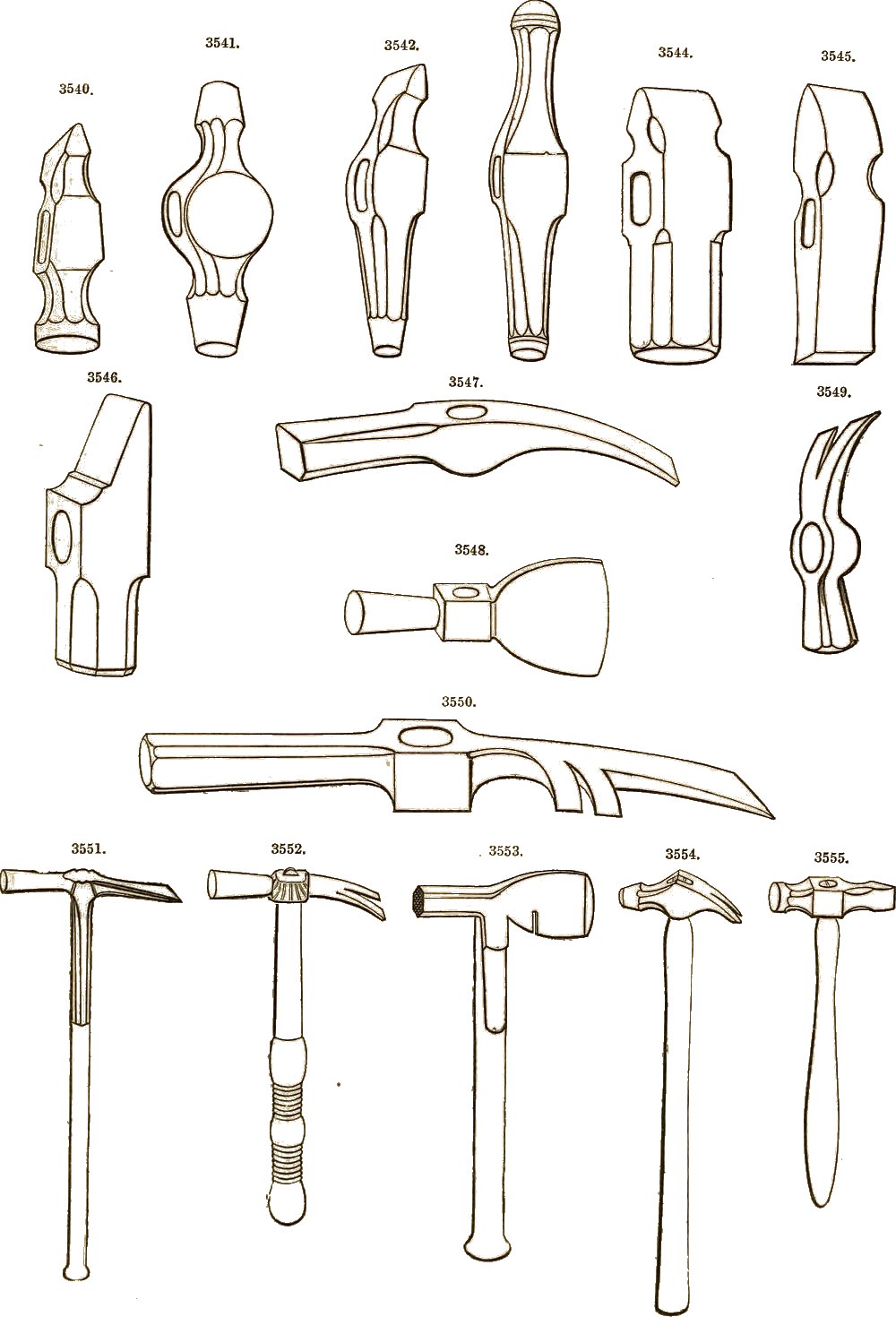Pattern 7: Inverse Conwayian Laws (You = Design)

Summary
Motto: “We are what we repeatedly do.” (Will Durant, The Story of Philosophy)
Type: A pattern of dynamics between Design Outcomes and Design Resources
Definition: Design resources are adapted to a design outcome, sometimes to the point that the form and organization of design resources reflects the intended shape of the outcome.
Topics: Specialization, You Are Reflection of Your Design, Work Optimization
Alternative name: Outcome Signature
Desirable: In situations where efficiency of design work is essential.
Undesirable: In complex real-world situations and in new domains where it may limit designers’ ability to apply other approaches.
Description
The structure of design outcomes may influence the tools, methods, processes and whole organizations that create such outcomes. As in the case of the Conwayian laws pattern, this adaptation can happen at all levels, from individual design tools to complex organizational structures.
The following table illustrates levels at which this pattern may occur.
| Level | Examples |
|---|---|
| Technology and tools | Tools and materials are selected and configured to facilitate the creation of particular outcome types. |
| Individual designers | Types of outcomes they worked on define designers’ style, skills, and knowledge |
| Team and organization | Team organization and communication structures are defined to facilitate a particular outcome structure (inverse Conwayian laws). |
Design tools often need to be adapted to create a particular design outcome. For example, most software design tools are configurable so that frequently used functions are more easily accessible (e.g., via shortcuts or toolbar buttons). In this way, the configured tool becomes optimized for particular tasks, making these tasks easier, and other more difficult. This tool configuration is a signature that working on a design outcome leaves on a design resource.
Working on a particular type of design outcomes also leads to improvements in designers’ skills and knowledge. Working with the same tool to create similar design outcomes (e.g., mobile applications, web applications), will lead designers to develop a specific set of skills, biased at the efficient creation of such design outcomes. Once designers develop such skills, they are much more efficient in creating new similar design outcomes. This efficiency, in turn, may lead to other positive consequences, such as more rapid prototyping and more iterations of iterative design that is a crucial component of achieving high-quality user interfaces (Myers et al. 2000; Nielsen 1993).
The pattern also happens at the process and organizational levels. Bass et al. (2012), for instance, argued that software design often describes not only the structure of the design outcome. It can engrave the structure of the development project and sometimes the structure of the entire organization (page 33). They elaborated that a standard method for dividing up the labor is to assign to different groups different portions of the system to construct. Such work-breakdown structure in turn dictates:
- units of planning, schedule, and budget,
- inter-team communication channels,
- configuration control and file-system organization,
- test plans and procedures, and
- even minutiae such as how the project internet is organized and who sits with whom at the company picnic.
Sam Newman similarly provides an example of an organizational structure that grew up around the product architecture (Newman 2005, page 201). The organization was tightly aligned with the parts of the product. To make changes to the product, they first had to change the organizational structure.
The pattern may be a consequence of the success of a product and the need to maintain and support the product in the long term. Bill Buxton (2007) claimed that the second worst thing that can happen to a new product (after failure) is that it is a huge success (page 208). Buxton elaborated that the more successful a product, the more of them are going to be produced and used. That means that the company, clients, and successors have to deal longer with the design and architectural decisions that designers made. To be able to maintain and support successful products, organizations need to make long-term adaptations and optimizations. While such products may be profitable, they may also be a burden. Long-lived systems tend to grow in size and complexity over the time, and maintenance and support of such systems tend to consume more and more of the organization’s resources. This consumption of resources may limit the ability of the organization to do other things and innovate. Adam Schneider, for instance, noted that companies may become prisoners of their legacy systems. The need to support legacy systems prevents such companies from surging ahead in the marketplace, introducing new products, moving into new geographies, or expanding services to customers on new platforms.
The pattern is related to the Conwayian laws pattern. Adaptations of design resources to support efficient creation of certain types of design outcomes often lead to long-term changes in these design resources. These long-term changes, in turn, may affect the form of new design outcomes in new projects where designers use the same resources. The inverse Conwayian laws pattern is also related to the commitment pattern. Having tools, skills, and organizational structures optimized for creating a particular type of a design outcome may encourage designers to reuse their tools and skills in new design situations. But this optimization may also lead to the cherry picking pattern, and stimulate designers to choose only those situations where a specific type of design outcome is required.
Questions to Ask Yourself
- How do you choose technologies, materials, and tools for your designs?
- Do you have preferred tools and techniques?
- Have you ever obsessively used some technology or method, even though it was not the most appropriate for the task at hand?
- Do you adapt your organizational structures for your designs?
- How much effort you spend maintaining your existing designs versus creating the new ones?
- Are you being slowed down by the need to maintain your previous (legacy) designs?
Cover Art
Hammer-heads optimized for different purposes. Credit: Wikimedia Commons.